How did the Shakers influence modern design? A new exhibition considers the progressive philosophy of the free church
‘The Shakers: A World in the Making’ positions the 18th-century sect as a pioneer of simple, functional and democratic design – principles that still guide aesthetics today
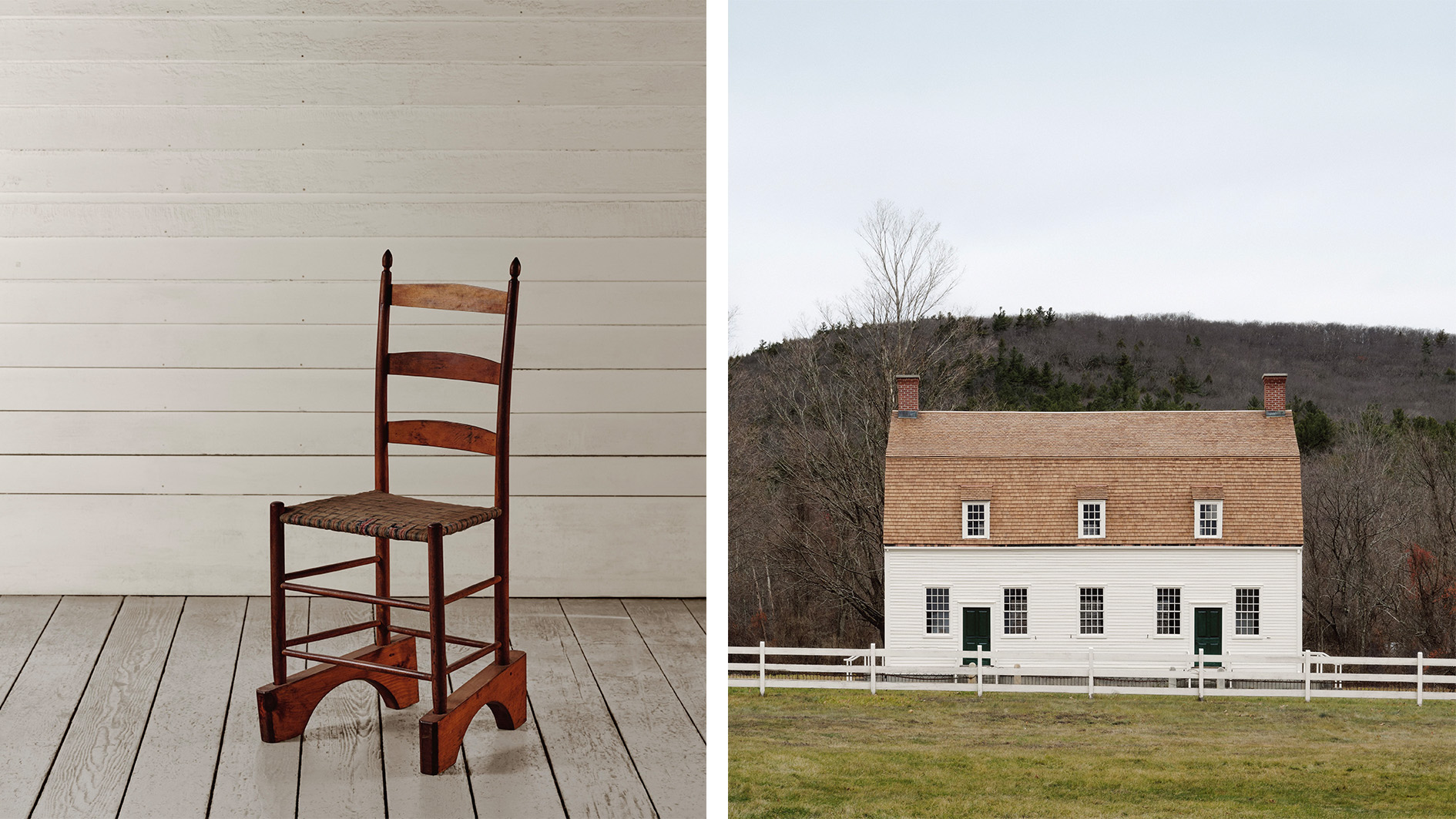
The Shakers: A World in the Making
On 7 June 2025, the Vitra Design Museum in Germany will launch ‘The Shakers: A World in the Making’, which will run until 28 September. The exhibition will explore the enduring influence of the Shakers, a Protestant sect that originated in England in the mid-1700s, its members emigrating to the American colonies in 1774.
‘The Shakers: A World in the Making’, with an exhibition design by Milan-based studio Formafantasma (a winner at Wallpaper's 2025 Design Awards), will bring together over 150 original Shaker artefacts, as well as newly commissioned works by contemporary artists and designers, creating a dialogue between history and modern creativity.
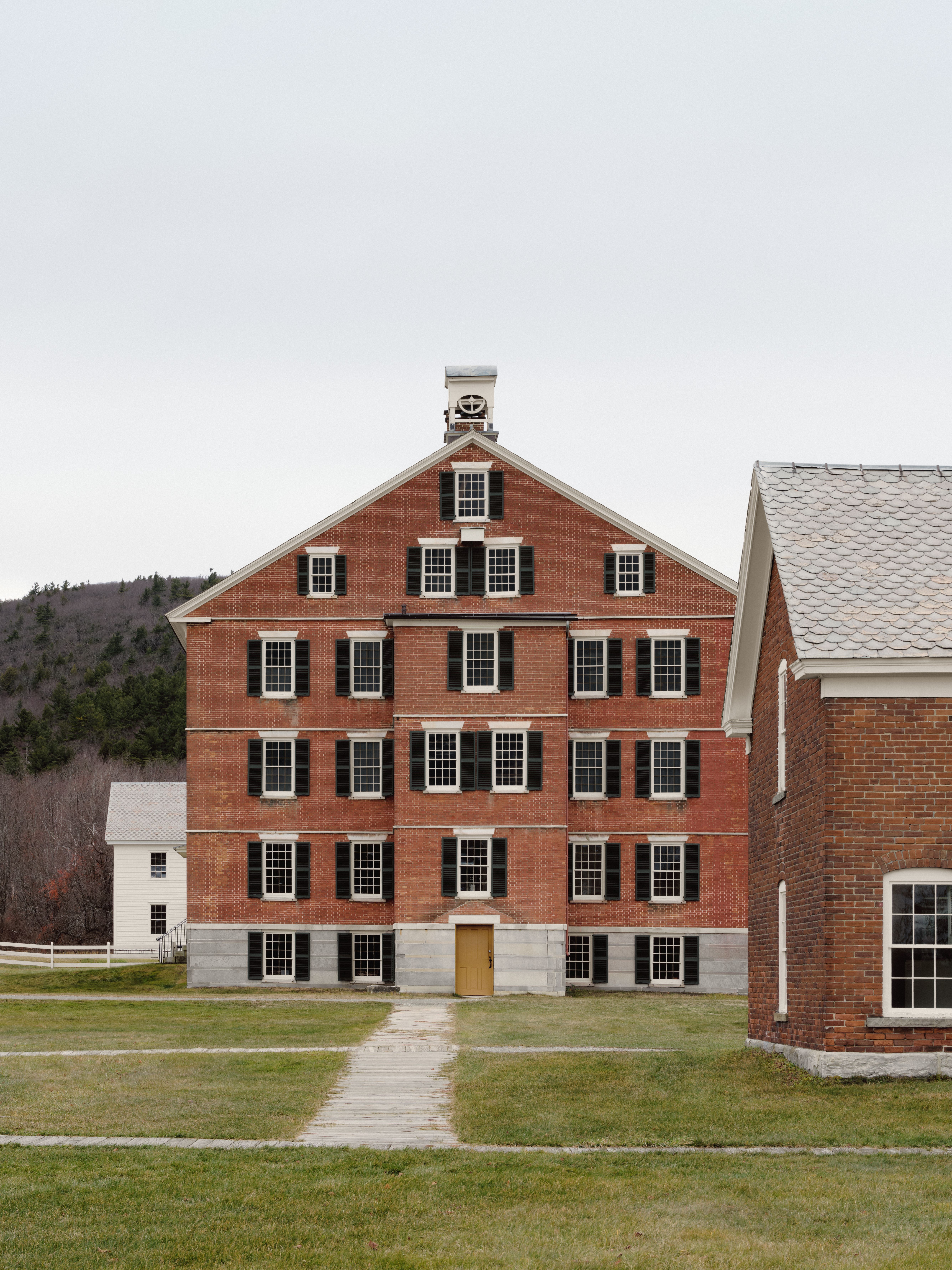
Dwellinghouse (1830), Hancock Shaker Village, Hancock, MA, 2024
One of the exhibition’s four sections, titled ‘I Don’t Want to be Remembered as a Chair’, argues that Shaker design should not be appreciated purely for its aesthetics but through the lens of the group’s religious and communal philosophy. Thus, ‘The Shakers: A World in the Making’ will examine how these values became a wellspring of inspiration for modern designers, and how the Shakers’ legacy continues to resonate in art and design today.
Today, ‘Shaker style’ has come to mean a number of things: design that is simple, minimalist and democratic; functional, practical and optimised; and that prioritises craftsmanship and, later, technology. Below, we explore how these principles are manifested in key 20th-century movements such as modernism and Bauhaus, which find their roots in the Shakers’ way of life.
How Shaker principles have informed modern design
Simplicity, minimalism and democratic design
The Shakers were, in many ways, ahead of their time, espousing egalitarian ideals and even institutionalising gender equality in the 1780s. These values extended to those with physical disabilities. The Shakers’ inclusive philosophy, explored in the exhibition through the work of artist Finnegan Shannon, was reflected in their architecture and design, which prioritised accessibility and simplicity – design for all, not just the elite.
This laid the groundwork for modernism, which emerged in the early 20th century as a reaction against the ornate styles of Victorian and art nouveau. Modernist designers preferred clean lines and rejected unnecessary decoration, intending for their work to be applicable across cultures and contexts. The likes of Le Corbusier, Alvar Aalto and Charles and Ray Eames admired Shaker principles.
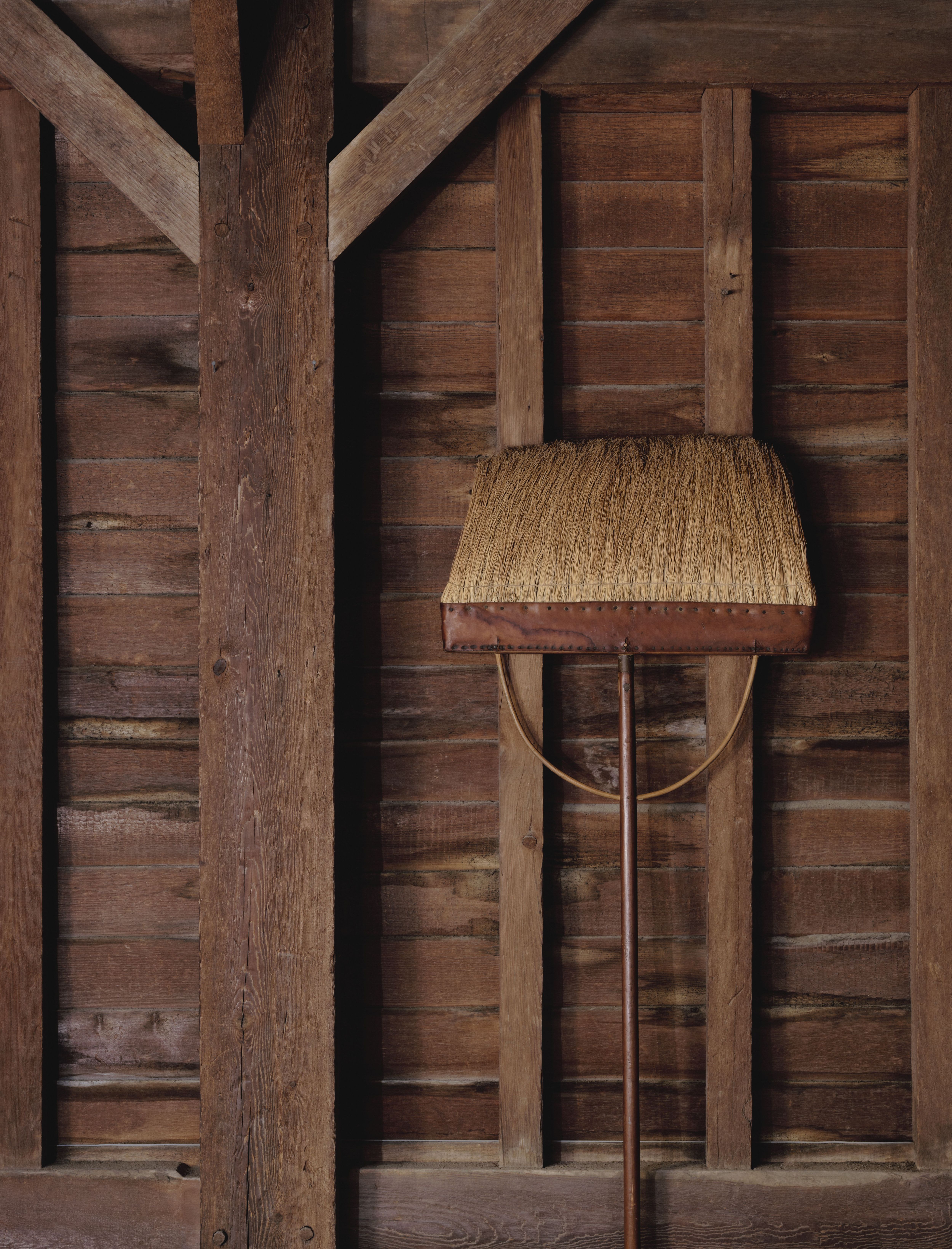
Polishing broom, New Lebanon, NY, 2024
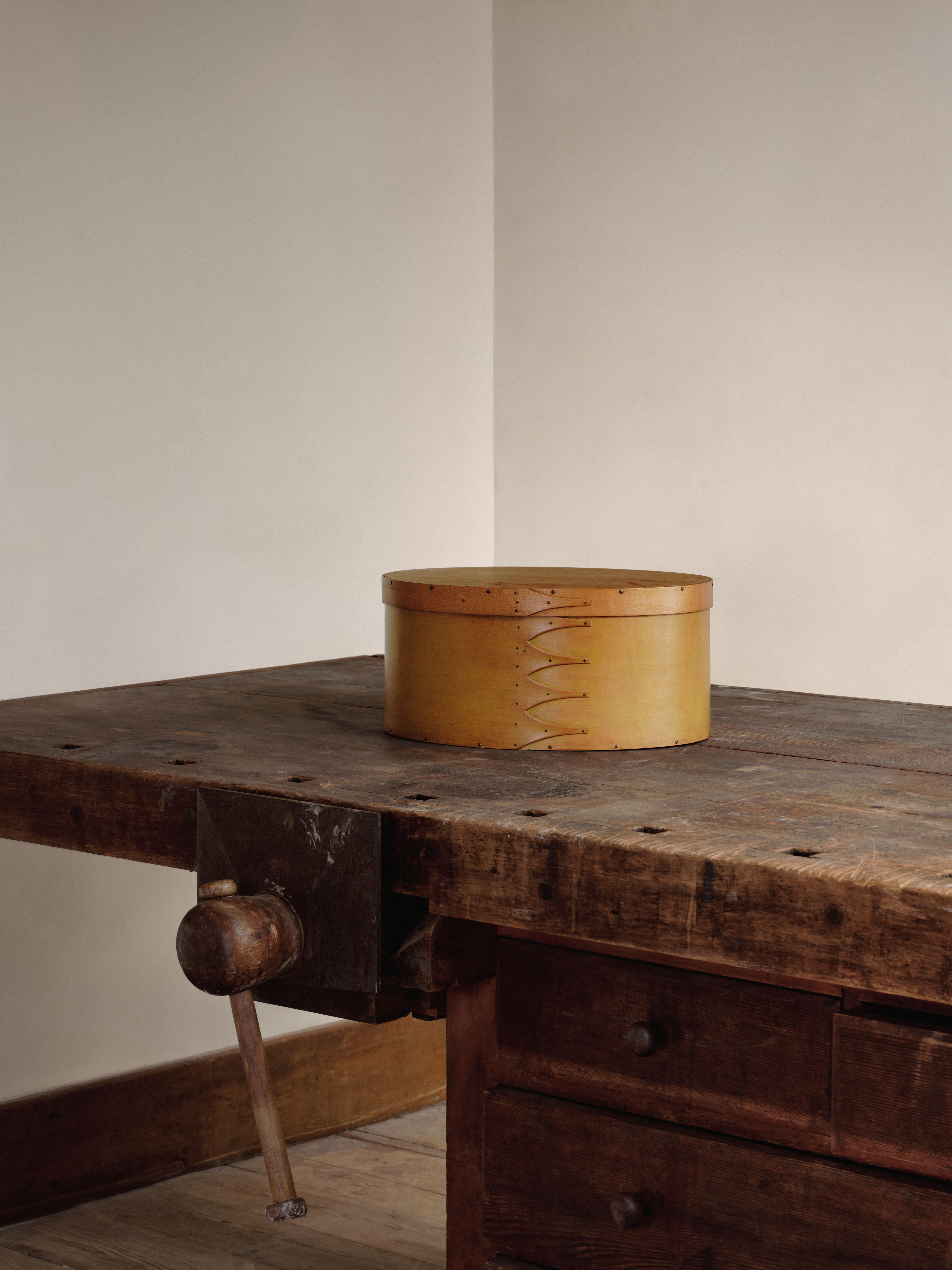
Oval box on a workbench, New Lebanon, NY, 2024
Bauhaus, which emerged in 1919, adopted similar ideals, with its clean lines and geometric shapes, avoiding ornamentation. Scandinavian design, too, bears the hallmarks of Shaker design, with its uncluttered, streamlined look (think Danish designer Hans Wegner’s iconic ‘Wishbone’ chair, as seen in this Swiss chalet, which has distinct echoes of Shaker seating). It also follows democratic ideals, aiming to create high-quality design for the many, distilled in the business model of Swedish stalwart Ikea.
Receive our daily digest of inspiration, escapism and design stories from around the world direct to your inbox.
Functionality, practicality and spatial optimisation
The importance that the Shakers placed on labour translated into designs that were functional: think ladder-back chairs, straight-legged tables, built-in cupboards, and efficient storage solutions such as wall-mounted rails, boxes and baskets. The Shakers were early adopters of serial furniture production; in the exhibition, in the section titled ‘When We Find a Good Thing, We Stick To It’, audiences can see examples of standardised and customisable Shaker chairs.
This element of Shaker design can be felt in Bauhaus, where decorative elements were minimised unless they served a function, and Scandinavian design, which seeks to create beauty from utility. Modernism sought to create efficient spaces and objects for modern life; the idea underpinning the ‘Eames Molded Plywood Chair’, for example, was that every element served a purpose. Modernism’s layouts, meanwhile, often used an optimised grid system.
‘The Shakers: A World in the Making’ uses furniture such as cabinets, chests of drawers and sewing desks to illustrate the community’s instinct towards orderliness, as codified in their 1821 and 1845 Millennial Laws, a body of teachings covering a wide range of aspects of Shaker life, including behaviour, dress and even how to climb stairs.
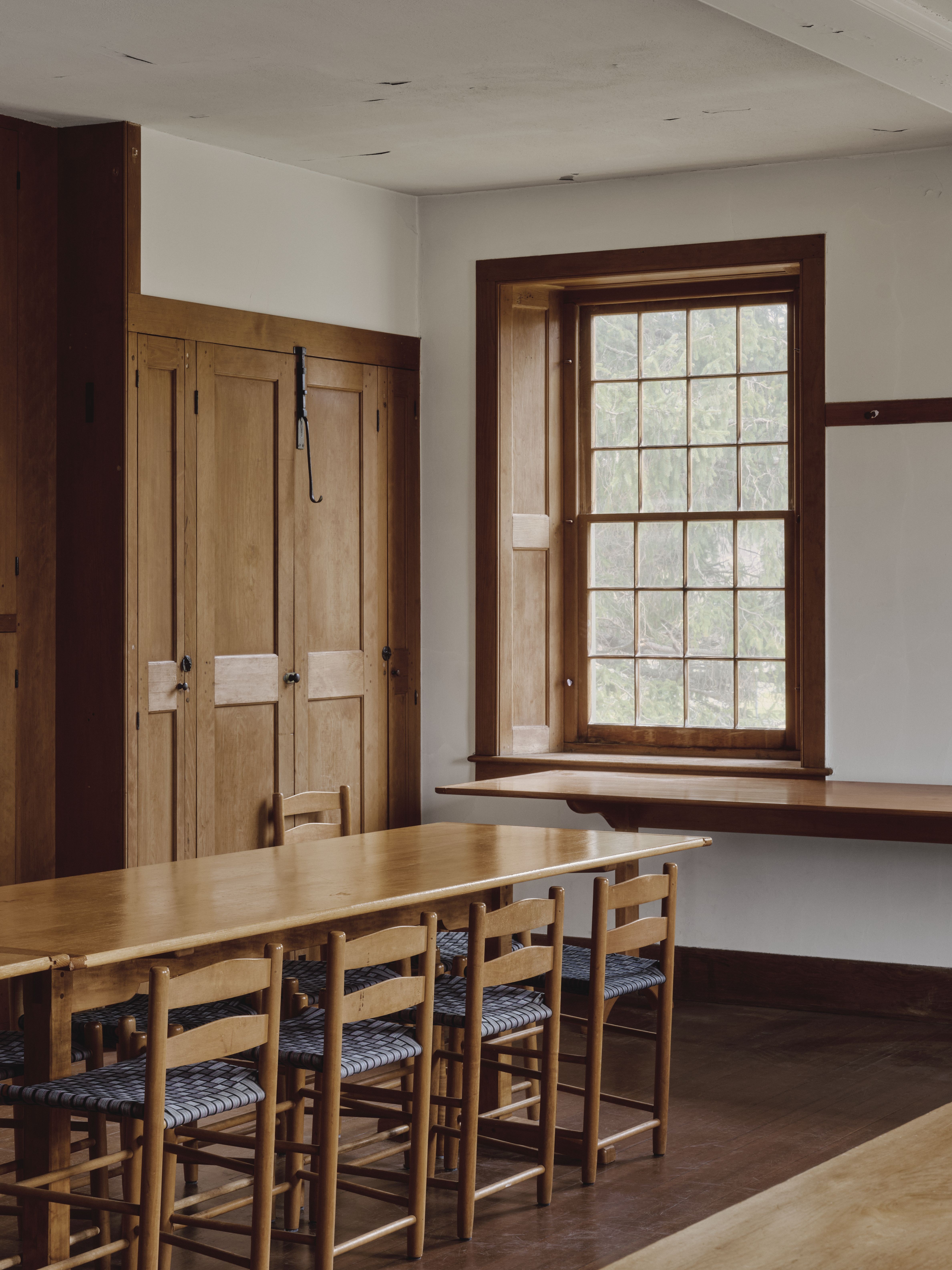
Interior of the Brick Dwelling House, Hancock Shaker Village, Hancock, MA, 2024
Craftsmanship, natural materials and openness to technology
The Shakers had a strong work ethic, which also translated into a focus on craftsmanship. In ‘I Don’t Want to be Remembered as a Chair’, the Shaker belief in labour as a form of worship is reinterpreted by artist and designer Chris Halstrøm through a large-scale embroidered artwork where each stitch is represented as a prayer.
The group’s emphasis on handmade quality resonated with the Arts and Crafts movements which took off in the late 19th and early 20th centuries and valued natural materials, simple joinery and built-to-last construction. The idea is also felt in Scandinavian design, where quality is paramount; this movement also, like the Shakers, favours organic materials such as wood, leather, linen, and stone.
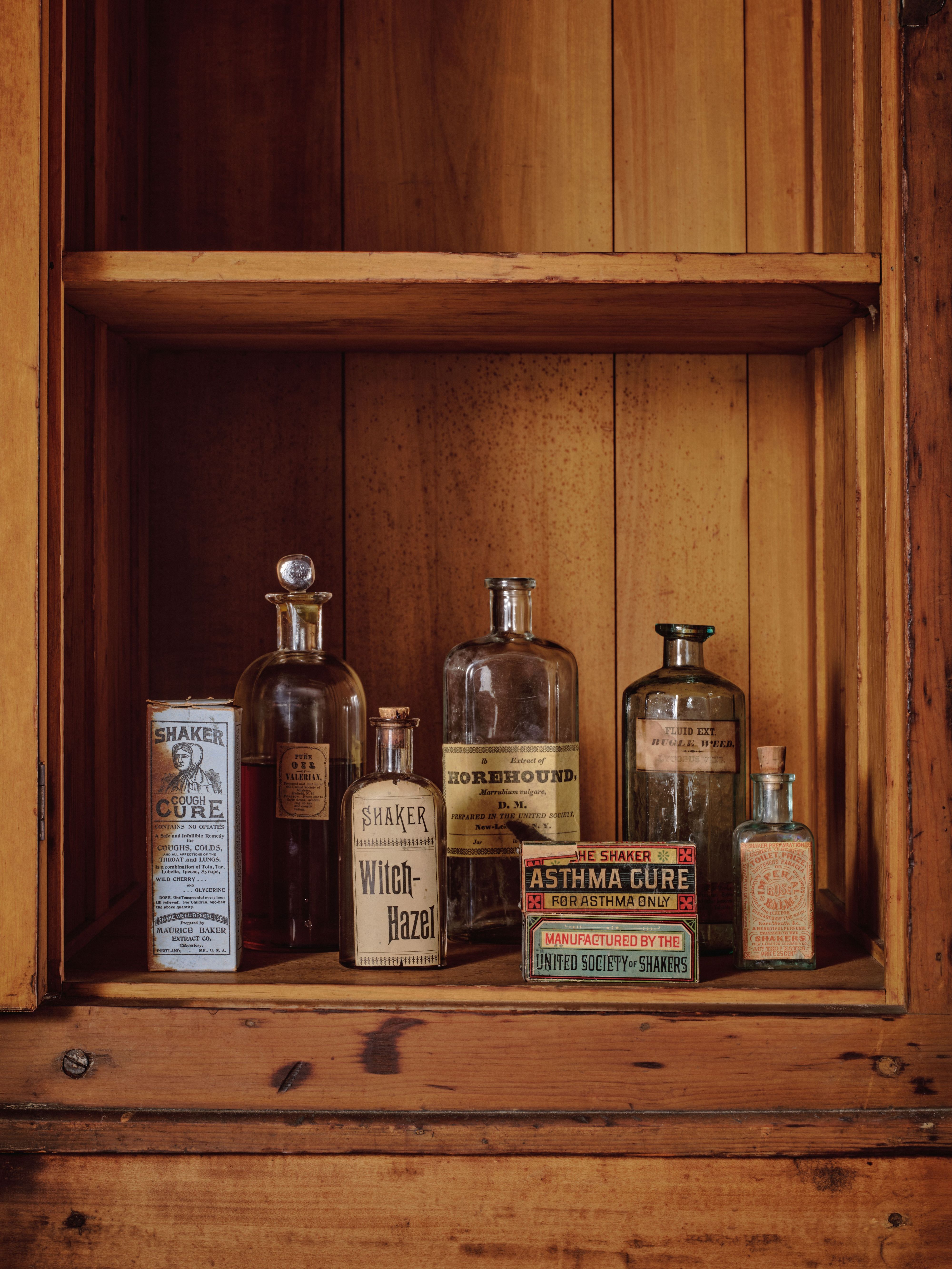
Various medicine bottles

Agricultural tools
Despite their insular communities, the Shakers were open to outside influences. The exhibition’s ‘Every Force Evolves a Form’ section traces how they interacted with the advancements of the wider world, showcasing oval boxes and rudimentary power tools. In ‘The Place Just Right’, audiences can see a radio that belonged to the Shaker community in Canterbury, Connecticut, as well as musical artefacts such as a metronome (music was a big part of Shaker life; they gained their moniker through the worshipful dance for which they were known). Shaker innovation is also explored through a commission from Christien Meindertsma, who reimagines their basketry as a biodegradable coffin.
Like the Shakers, later design movements such as modernism and Bauhaus embraced technological progress, especially industrial production, as a means of improving everyday life.
Full exhibition details at vitradesignmuseum.de
Anna Solomon is Wallpaper’s digital staff writer, working across all of Wallpaper.com’s core pillars. She has a special interest in interiors and curates the weekly spotlight series, The Inside Story. Before joining the team at the start of 2025, she was senior editor at Luxury London Magazine and Luxurylondon.co.uk, where she covered all things lifestyle and interviewed tastemakers such as Jimmy Choo, Michael Kors, Priya Ahluwalia, Zandra Rhodes, and Ellen von Unwerth.
-
 Find solace in the forest at this expansive treehouse retreat in Dorset
Find solace in the forest at this expansive treehouse retreat in DorsetFor sale for the first time, a treehouse, Mallinson’s Woodland Retreat, is a tribute to the skill of designer and master craftsman Guy Mallinson
-
 All hail the compact new Renault Twingo E-Tech – the city car is back in style
All hail the compact new Renault Twingo E-Tech – the city car is back in styleRenault continues to pay homage to its heritage by combining it with 21st-century technology. The new Twingo E-Tech is another winner
-
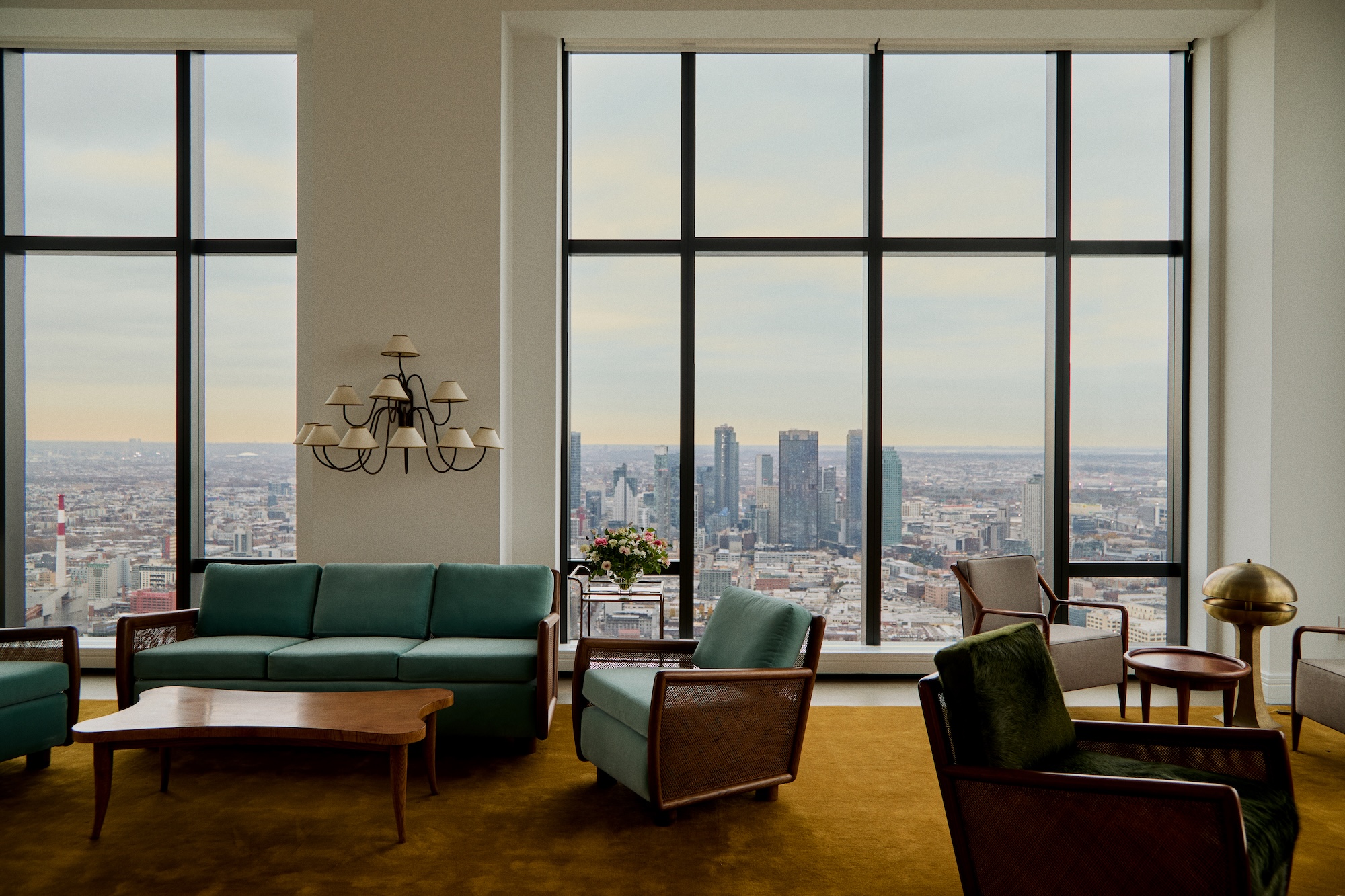 A breathtaking exhibition celebrating modernism’s transatlantic ties soars above Manhattan
A breathtaking exhibition celebrating modernism’s transatlantic ties soars above ManhattanCurated by interior designer Andre Mellone, 'Crossed Trajectories' at Galerie Gabriel's penthouse explores connections between nomadic post-war creatives Jean Royère, Roberto Platé and more
-
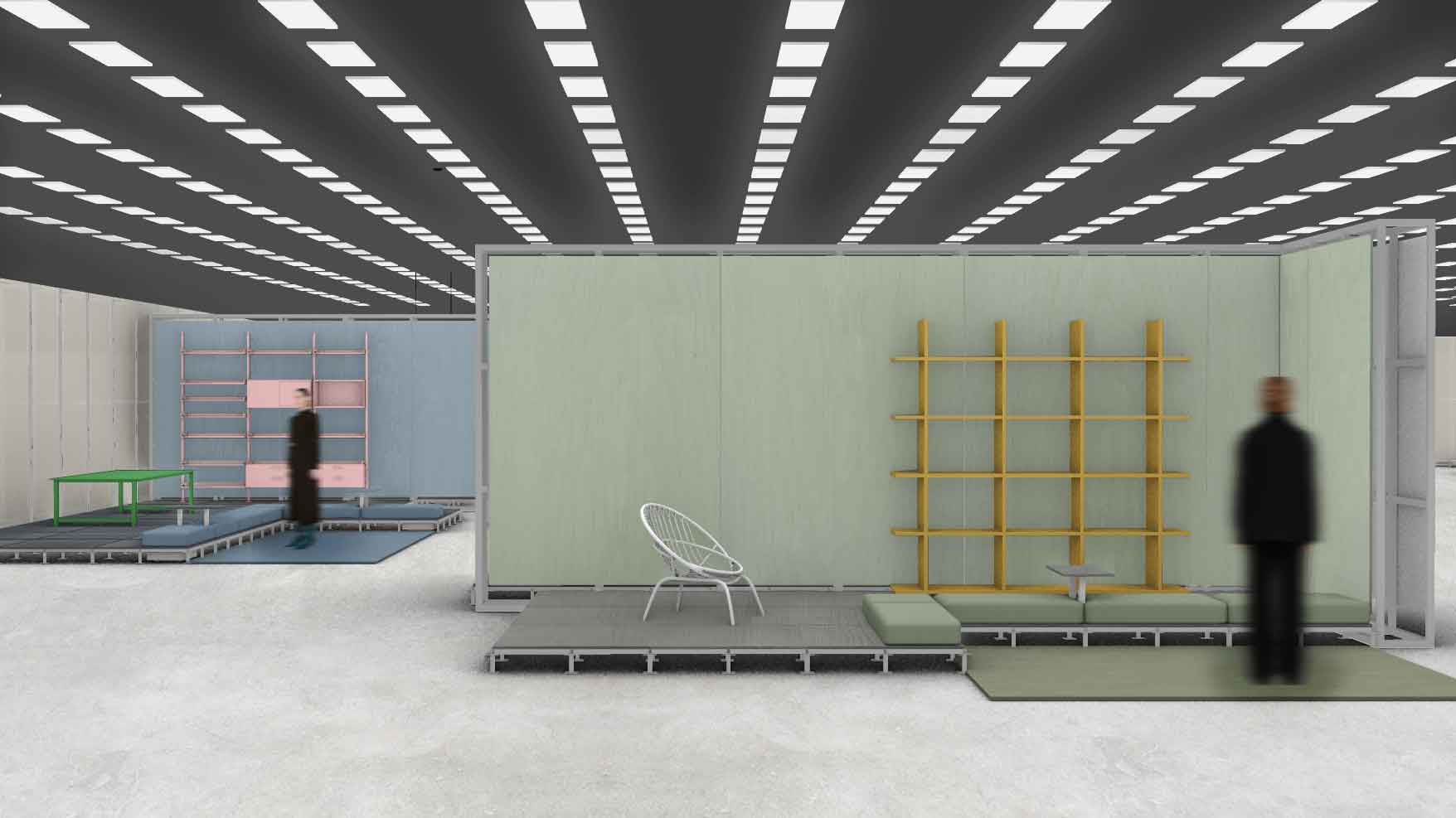 Salone del Mobile 2026 will embrace collectible design with Salone Raritas
Salone del Mobile 2026 will embrace collectible design with Salone RaritasSalone del Mobile has Salone Raritas, a new exhibition space at the fair (21-26 April 2026), curated by Annalisa Rosso and designed by Formafantasma
-
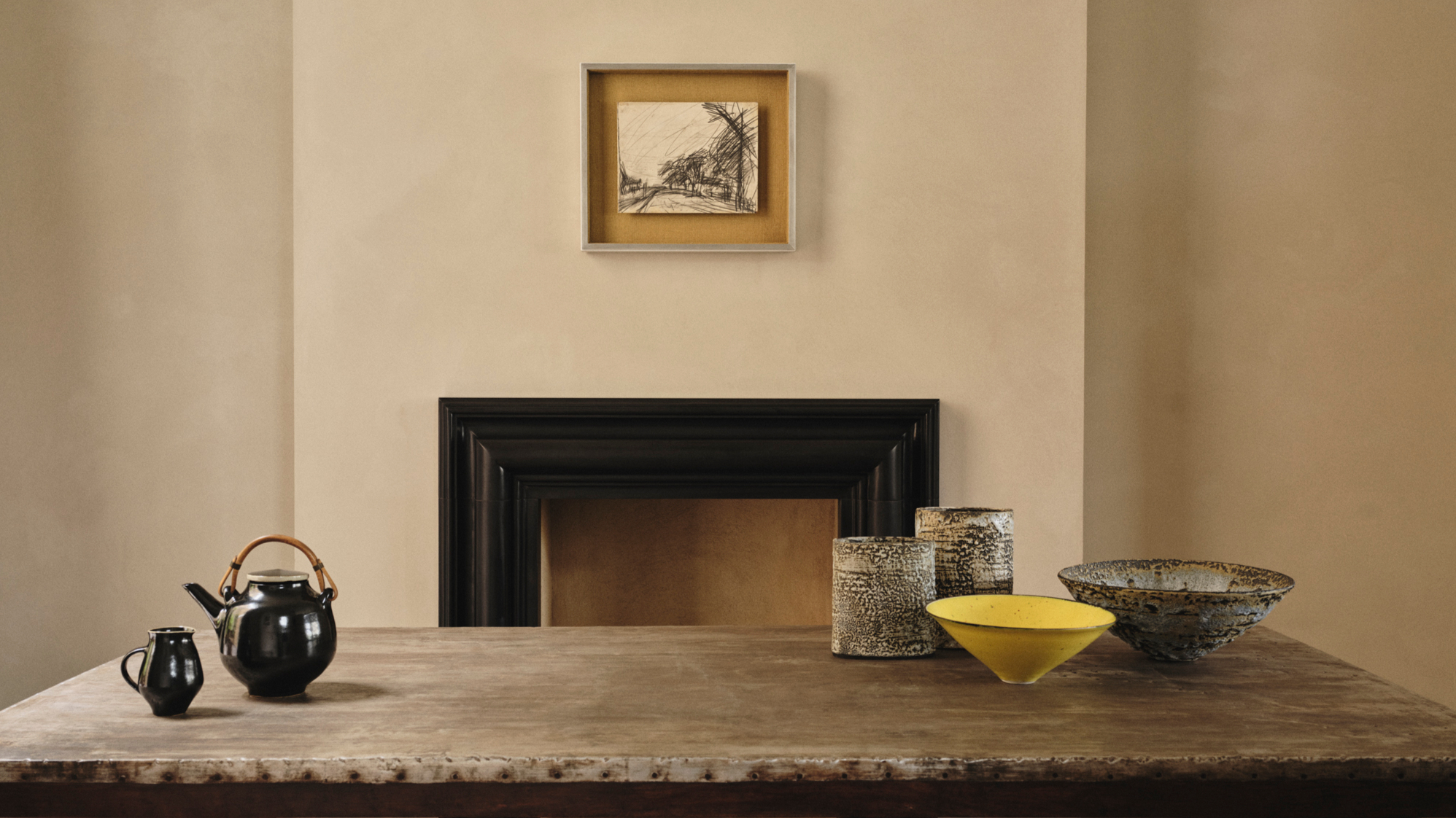 Rajan Bijlani opens his Primrose Hill home for ‘Electric Kiln’
Rajan Bijlani opens his Primrose Hill home for ‘Electric Kiln’In his London home – once the studio of ceramicist Emmanuel Cooper – Rajan Bijlani stages ‘Electric Kiln’, uniting Frank Auerbach, Lucie Rie and Cooper in an intimate reflection on the creative spirit of postwar London
-
 Bocci and Anna Carnick join forces on a showcase of evocative design practices in Berlin
Bocci and Anna Carnick join forces on a showcase of evocative design practices in Berlin'Crafting Community' is on view at Berlin's Wilhelm Hallen until 14 September 2025
-
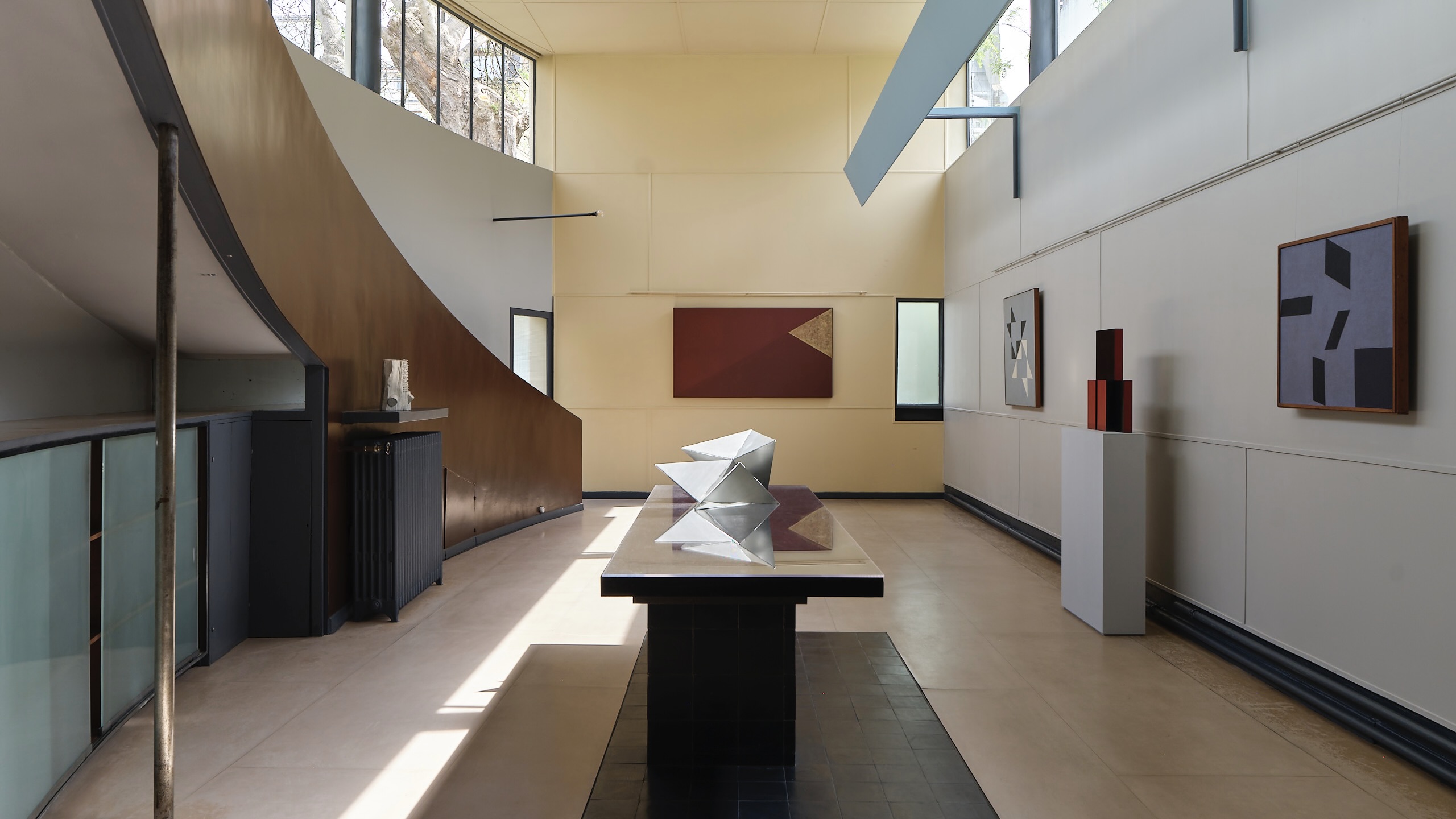 Aberto’s first international show celebrates Brazilian design in Paris at a modernist gem
Aberto’s first international show celebrates Brazilian design in Paris at a modernist gemBrazilian exhibition platform Aberto takes over modernist properties for art and design showcases. As it brings its concept to Europe, Wallpaper* is at Maison La Roche to explore South American icons
-
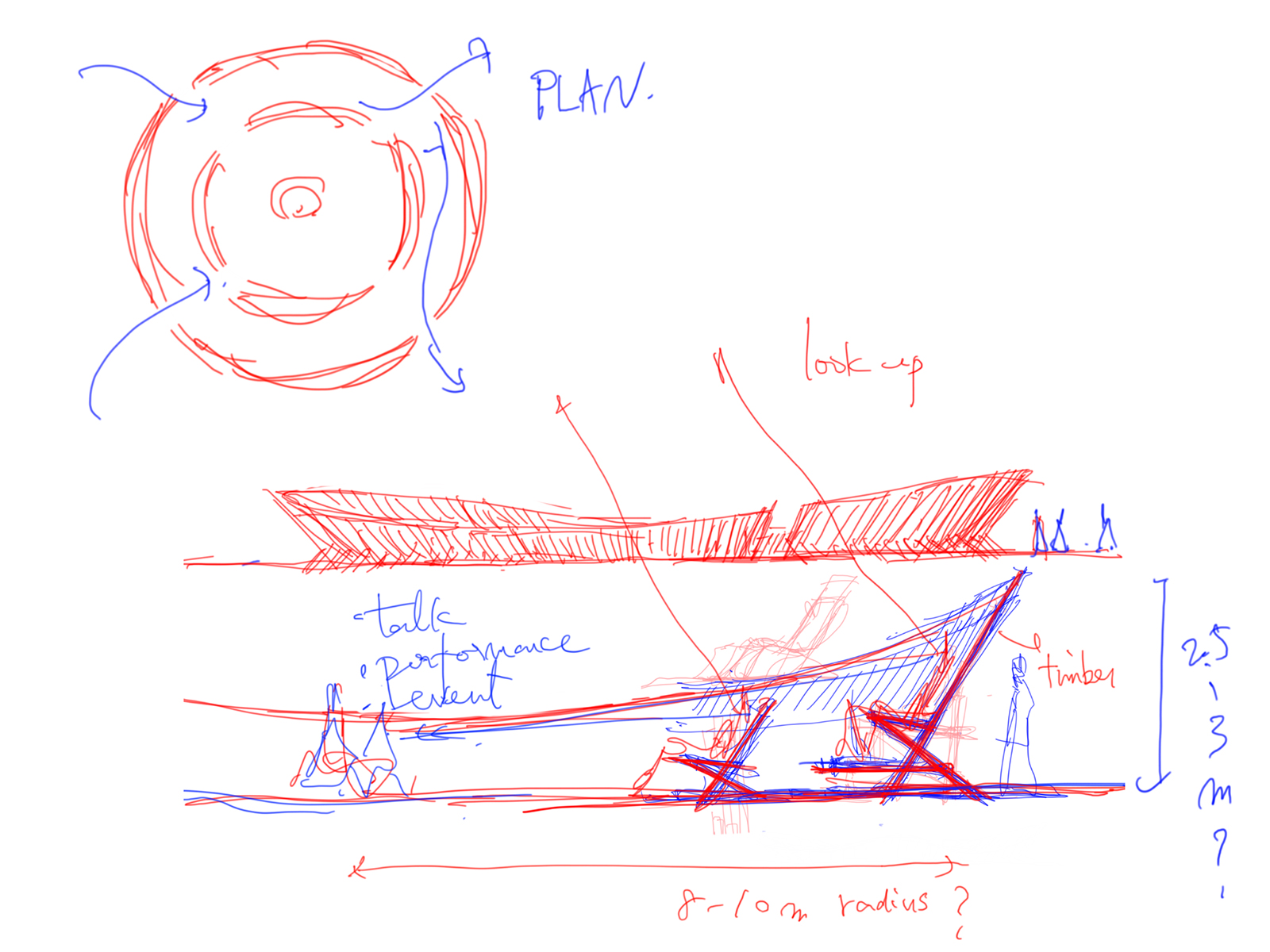 Salone Del Mobile 2025: Paolo Sorrentino, Robert Wilson, Sou Fujimoto and Pierre-Yves Rochon amongst this year's contributors
Salone Del Mobile 2025: Paolo Sorrentino, Robert Wilson, Sou Fujimoto and Pierre-Yves Rochon amongst this year's contributorsThe countdown to Salone Del Mobile 2025 has begun. President, Maria Porro, announced first plans for the fair including some key names
-
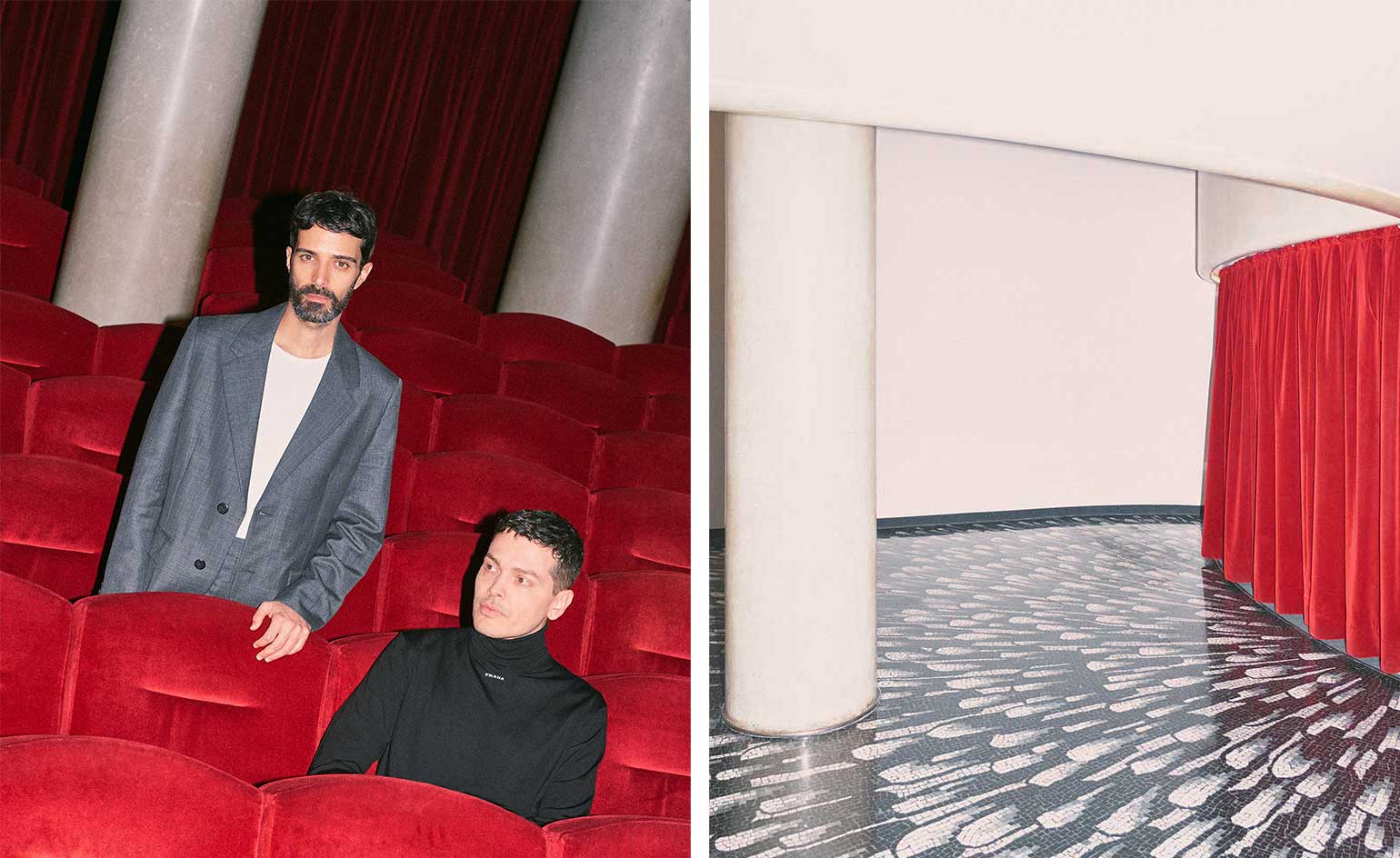 Prada Frames 2023: Milan programme announced
Prada Frames 2023: Milan programme announcedProgramme announced for Prada Frames 2023 at Milan Design Week, the annual symposium curated by Formafantasma at Luigi Caccia Dominioni's Teatro Filodrammatici from 17 to 19 April
-
 Rimowa Design Prize set to celebrate student innovation
Rimowa Design Prize set to celebrate student innovationThe new Rimowa Design Prize is launching in collaboration with 15 universities, celebrating both student innovation and German design
-
 Matisse cut-outs inspire this lighting collection by Formafantasma
Matisse cut-outs inspire this lighting collection by FormafantasmaAt Milan Design Week 2022, Maison Matisse celebrates the French artist’s paper cut-outs through contemporary design collections